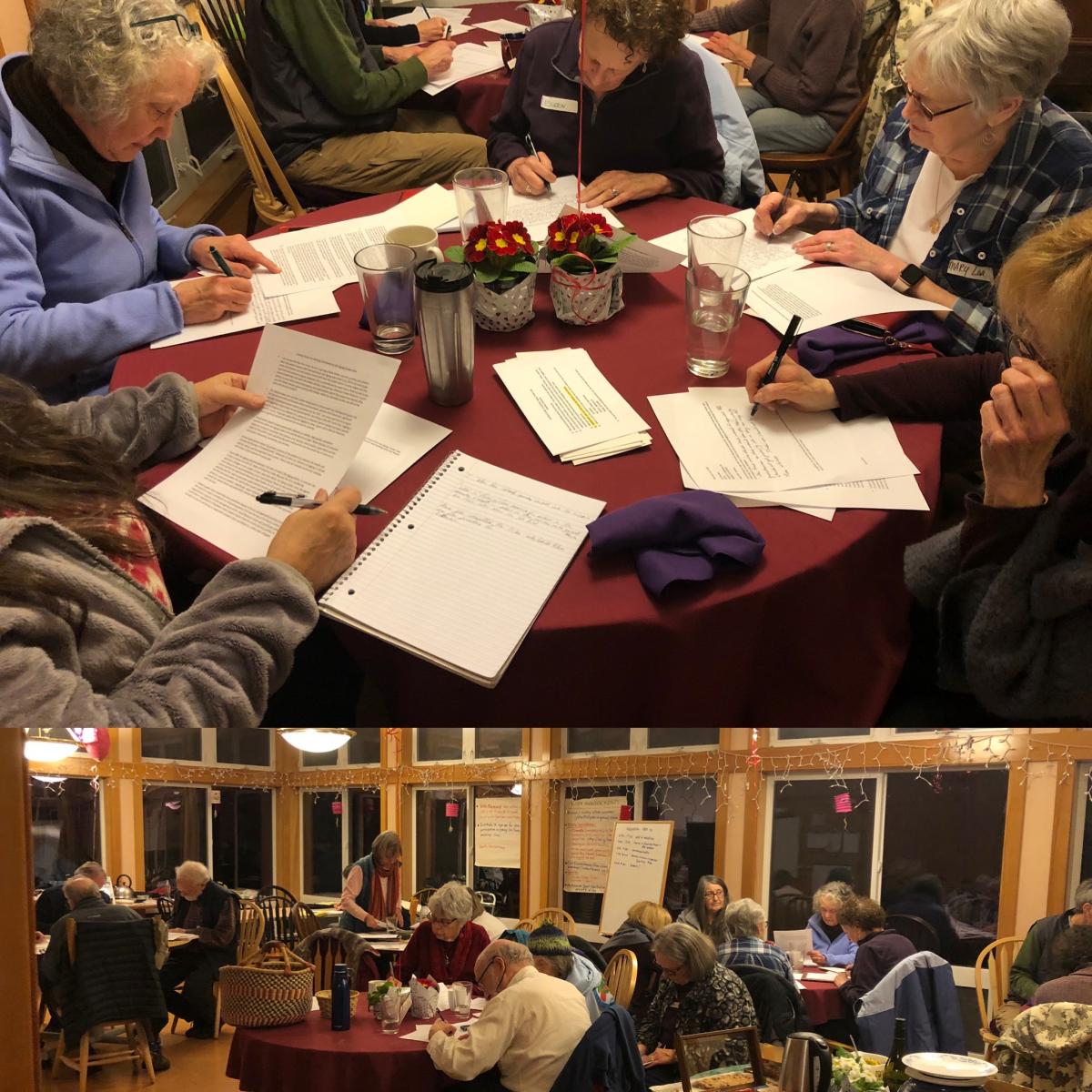Industrial logging returns to Upper Sandy River + Trillium Lake

This isn’t a message I enjoy delivering, but Bark was founded to ensure the public is aware of activities in Mt. Hood National Forest, both good and bad. Unfortunately, the sound of chainsaws and careening of log trucks will return to some of the most familiar and accessible forested areas after more than 20 years of relative peace. The Zigzag Timber Sale Decision Notice authorizes dozens of patches of heavily “thinned” forest to be punched in along the road to Top Spur trailhead and the looping trails of the Mud Creek area southwest of Trillium Lake. The road to the Burnt Lake trailhead will become a logging road. (You can see maps of areas marked for logging under the Supporting Documents tab on the Zigzag Integrated Resource Project page.) Is it necessary? Only if you believe the priorities for forest management are “growth rates commensurate with site capability” and “productive forest stands that can provide wood products now and in the future”. These are the goals set out in the 1990 Mt. Hood Forest Plan and the Forest Service is bound to them. Soon, over 2,000 acres will be “moved closer to desired conditions” as described in a management plan that doesn’t even consider climate change.
Thousands of members of the concerned public called upon the Forest Service to raise the bar beyond the outdated standards and guidelines in the Forest Plan. We asked for an analysis of the climate impact of this industrial logging. We asked that the forests which nourish the headwaters of the Wild and Scenic Sandy and Salmon rivers, natal streams for threatened salmon and steelhead, be treated as climate refugia rather than bulk-priced commodities. Not all is lost, but the fundamental contradictions of the Forest Service’s mission continue to undermine climate resilience and the survival of sensitive species.
What did we save? Thanks to the support of our members and volunteers, we partnered with the NW Ecosystem Survey Team (NEST) to survey and confirm red tree vole activity and nest sites. The presence of this threatened species in units 88, 86, and 33 resulted in those areas being dropped entirely, and in unit 6 buffers will be established around nest trees. We hope to see unit 43 dropped as well, as nest sites have been recently confirmed there. We also fought hard to put public dollars to work reducing the long-term impact of crumbling and unnecessary roads in the project area. Originally, the Forest Service planned to decommission just .5 mile of road, but Bark’s recommendations for additional road removal helped to bring the final total to 2.3 miles.” (Consideration of Comments p.2)
The overall area to be logged in the Zigzag Timber Sale has been reduced by at least 26.5% through public action and we owe this to your dedicated support for this forest and Bark’s work!
Stay tuned for opportunities to attend guided hikes in these areas over the next several months before the return of logging season.
Sincerely, Courtney Rae, Associate Director
P.S. Want to make sure climate resilience outweighs commercial logging in future Forest Service proposals? Meet the Free Mt. Hood Committee and learn about our work to change the management priorities for Mt. Hood.